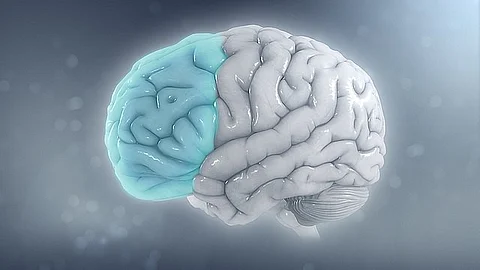How does advancing MRI technology help protect human health, especially in an increasingly aging population?
New imaging technologies using MRI allow us to see how the body changes with age and disease, and how the body responds to interventions. For example, we can see how the brain changes as we get older. It is not just that important parts of the brain decrease in size; the way in which different parts of the brain communicate with each other also changes. This leads to less efficient processing of information and can lead to disruptions in things like decision-making.
As the population ages, we need effective interventions that will allow us to maintain our brain function late into life. MRI is helping with this too, enabling clinical trials on drugs that impact the brain, but also on non-pharmaceutical interventions like aerobic exercise, yoga, and brain-specific training.
What can we expect or hope for from the next 50 years of MRI research?
In the next few years, we will see new MRI systems with even higher magnetic fields, providing even higher spatial resolution images of the body and brain.


